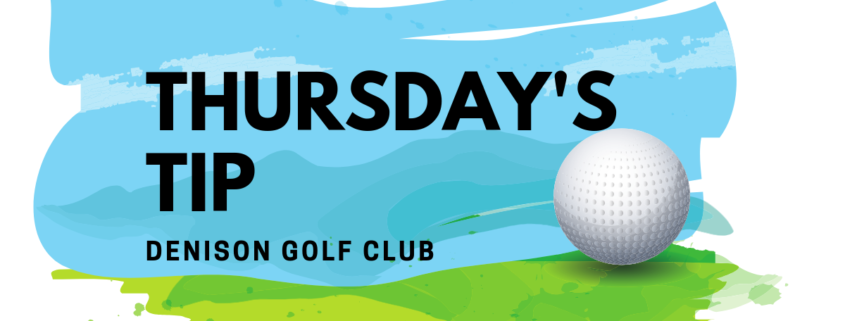Senior golf: Let’s tackle the back nine!
Written by: Dennis Clark
Lee Trevino once said: “The older I get, the better I used to be!” Even though golf is our game, most all of us have our fisherman tales as well! How good we were is no longer relevant; how good we are is a function of our conditioning. When we’re young, exercise can be an option, as we age it is a necessity!
So first, we take a good look at where the swing and game is right now. You may get with an instructor to diagnose the current state of the swing and game. I think video is the best way to take a good, close look at what is actually happening (as opposed to what he/she feels might be happening). When the problem has been identified, we need to decide if the issue is physical, that is a limitation due to aging or injury OR, if the swing flaw is an old poor habit (not necessarily related to age). If we are dealing with a poor habit, we make suggestions for improvement. If the problem is physical, we can address the restrictions with the aid of a fitness professional. I make this distinction because too many of my senior students are too quick to blame age for the problem. Age might be the problem, but poor swing habits are likely involved as well.
Senior golf is the time when we begin to attempt to compensate! No one, regardless of how good of condition they are in, for their age, can do at 70 what they could at 30. The arc of the swing becomes shorter, the swing speed decreases, we cannot transfer weight as well as we once could, and as we are now learning, we certainly cannot push off the ground as a younger person might. As a result, it is not unusual to throw the clubhead at the ball from the top in an attempt to get back the lost distance; it is not unusual to “hang back” on the rear leg in an attempt to get back lost trajectory, the list goes on and on.
Case in point: I have chronic back issues, as many near my age do. Arthritis and a severely herniated disc create a fair amount of discomfort much of the time. These do not allow me to turnor move as freely as once I did. These issues have forced me to find ways to swing as pain-free as possible, which is a problem. One thing I noticed clearly on my video was a loss of posture in the backswing. It is difficult for me to maintain my posture as I turn, so I raise my torso to make the turn easier. I could not feel that and was surprised to see it on video. I was a good couple of inches taller at the top of my swing, creating all kinds of issues particularly in my iron play. I now do yoga, stretching and work with Darin Hovis to stay as flexible as my aging body will allow. We can play better and feel better about it, if
- We know the problem.
- Are willing to change.
- Have realistic expectations.
- Are willing to improve physical fitness.
Returning to the focus of this series: Let’s start at the beginning. Turning is a critical component is any golf swing. It is critical to approach the ball from inside, and a very often a good turn away with the torso allows one the opportunity to get there. Hitting from inside is difficult, if not impossible, without a good backswing turn. Same goes for turning in the downswing. Again the path is an arc, from inside and back to inside. The hip turn in the downswing swings the club back to the inside. I have asked Darin Hovis, of Par 4 Fitness to demonstrate a few drills that can increase one’s ability to turn at any age.
Let’s get started. Watch the video here and get to work on your swing issues, and your body as well. Remember, the alternative is to put the clubs in a garage sale, but if this game is in your blood like it’s in mine, I’ll take the exercise alternative!
Source: golfwrx.com



